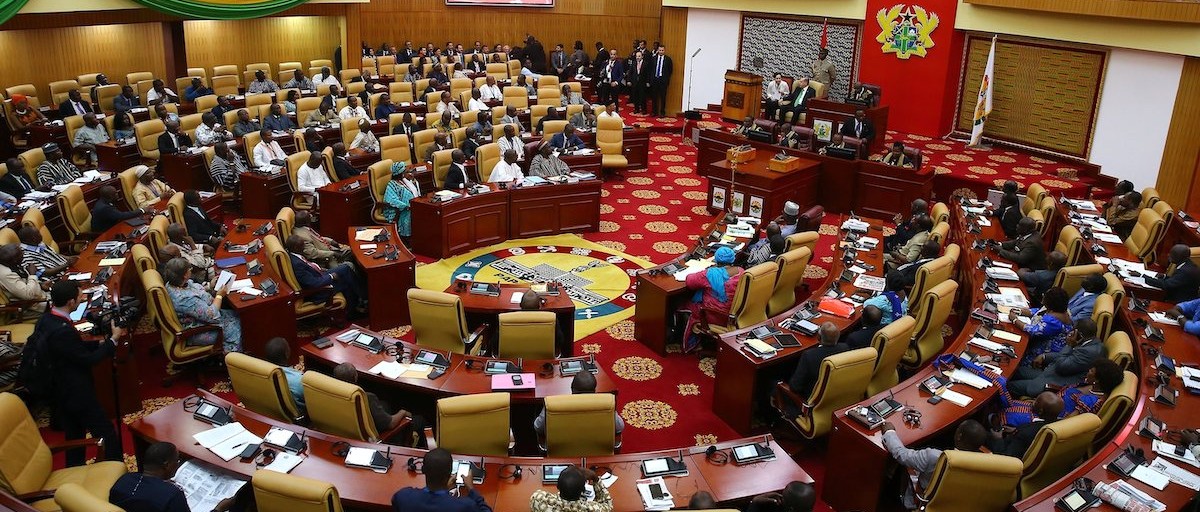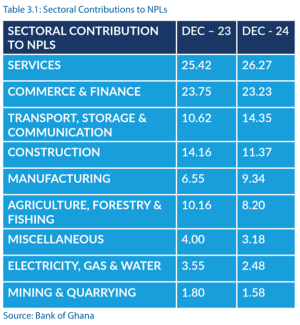
Sovereign credit ratings, issued by leading global agencies such as Moody’s Investors Service, Standard & Poor’s (S&P), and Fitch Ratings, are crucial instruments in the international financial system. These ratings reflect the ability and willingness of a sovereign nation to meet its debt obligations in full and on time.
More than mere symbolic labels, sovereign ratings influence a country’s borrowing costs, shape investor perceptions, and directly impact both monetary and fiscal policies. In recent decades, as globalization deepened capital market interdependence, sovereign credit ratings became strategic levers in shaping national development pathways, financial stability, and market integration. Despite periodic criticisms over their methodologies, sovereign credit ratings remain a central feature of how countries are evaluated and trusted in the global marketplace.
The Impact and Strategic Functions of Sovereign Ratings
One of the most direct consequences of sovereign credit ratings lies in their influence on borrowing costs and market access. Nations with high credit ratings enjoy lower interest rates when issuing bonds on international markets, whereas lower-rated countries face higher yields due to perceived repayment risk.
For instance, a single downgrade can raise sovereign borrowing costs by as much as 0.5 to 1 percentage point (Investing Council, n.d.). The case of Greece in 2010 offers a vivid example: successive rating downgrades led to a dramatic rise in bond yields, effectively cutting off the country from capital markets and forcing it into a €110 billion EU-IMF bailout package (Investment Grade, n.d.).
Sovereign credit ratings also function as trust signals for global investors. High ratings foster capital inflows by assuring investors of macroeconomic stability and repayment reliability. Conversely, downgrades serve as red flags, triggering capital flight and driving up credit default swap (CDS) spreads. According to a study by Arezki, Candelon, and Sy (2010), shifts in sovereign ratings can have contagion effects, influencing not only the targeted country but also regional peers through risk reassessment across bond and equity markets.
Furthermore, sovereign ratings have a deep regulatory significance. Many institutional investors, including pension funds, mutual funds, and insurance companies, rely on credit ratings to determine asset eligibility. Regulators embed these ratings into risk-based capital requirements and investment guidelines.
For example, a downgrade from investment grade (e.g., BBB?) to speculative or “junk” status can exclude a country’s debt instruments from investment-grade-only portfolios, thereby shrinking its investor base overnight (IMF, 2021). This structural reliance underscores the power ratings hold in guiding both public and private sector capital allocations.
During financial crises, the spillover effects of sovereign downgrades can exacerbate market instability. This was evident during the Eurozone debt crisis, when Greece’s rating decline not only deepened its own funding challenges but also heightened risk perceptions for Spain, Portugal, and Italy. Research from the Financial Times (2025) noted that bond spreads for peripheral Eurozone economies widened significantly in the wake of Greece’s downgrade, even though their economic fundamentals remained relatively intact.
In addition, sovereign credit ratings impact the corporate and banking sectors through the “sovereign ceiling” principle, which suggests that no private entity in a country can be rated higher than its government. Thus, a sovereign downgrade typically leads to corresponding downgrades in banks and corporations, increasing their borrowing costs and reducing their access to foreign capital markets (Tekedia, n.d.).
For developing and emerging market economies, sovereign ratings are especially vital in accessing global development finance. Low ratings result in higher risk premiums, constraining governments’ ability to fund infrastructure, health, and education programs. Worse still, they can deter private investment by signaling broader macroeconomic or governance concerns.
According to Accounting Insights (2024), several African countries have incurred an estimated US$75 billion in additional interest payments over the past two decades due to perceived rating subjectivity and bias from international agencies (Brookings, 2024).
On the positive side, sovereign ratings can serve as catalysts for economic reform and policy discipline. They impose an external accountability mechanism on governments, especially in fiscally or politically fragile environments.
The example of South Korea’s post-1997 crisis recovery illustrates this dynamic. Following major reforms in banking regulation, public sector management, and trade policy, South Korea experienced a significant rating upgrade, which attracted large-scale investment inflows and restored macroeconomic stability (Investment Grade, n.d.).
A more recent evolution in the sovereign rating framework is the integration of Environmental, Social, and Governance (ESG) considerations, especially climate risk. Countries vulnerable to climate change, such as those in sub-Saharan Africa or the South Pacific, now face higher sovereign risk premiums.
A 2021 IMF study estimates that bond spreads for climate-vulnerable nations can be up to 150 basis points higher than those of less exposed countries, signaling a growing nexus between sustainability and sovereign creditworthiness (IMF, 2021).
Criticisms and limitations
Despite their utility, sovereign credit ratings have faced consistent criticism. One major concern is procyclicality. the tendency of ratings to deteriorate during economic downturns, thereby exacerbating financial stress. During crises, downgrades can further restrict market access when liquidity is most needed (Cantor & Packer, 1996).
Another challenge is the conflict of interest inherent in the “issuer-pays” model, where countries or corporations pay for their own assessments. This raises questions about the objectivity of ratings, especially after the 2008 global financial crisis, when agencies were accused of inflating ratings on subprime mortgage products.
Further, there are concerns regarding methodological subjectivity and data limitations, particularly in assessing emerging and frontier markets. A 2024 study by Brookings and UNDP found that African countries may have been penalized for limited data availability or political factors unrelated to economic fundamentals, leading to inflated risk premiums and delayed development outcomes.
Moreover, some analysts question whether the market continues to react meaningfully to rating changes. As financial markets grow more sophisticated, rating information may already be “priced in” by the time of public announcements. However, the investment-grade threshold still holds regulatory and institutional relevance, particularly for large fund managers constrained by credit mandates (Financial Times, 2025).
Conclusion
Sovereign credit ratings are indispensable instruments in global finance. They guide investor decisions, influence a country’s ability to raise capital, shape domestic fiscal policies, and serve as benchmarks in regulatory frameworks. While the system is not without flaws, particularly concerning procyclicality, transparency, and potential biases, it offers a standardized, widely accepted framework for evaluating national creditworthiness.
As global finance increasingly integrates sustainability, sovereign ratings are likely to include deeper ESG indicators, expanding their relevance further. To optimize outcomes, especially in emerging economies, governments must actively engage with rating agencies. Transparent data sharing, macroeconomic discipline, governance improvements, and climate adaptation planning will not only improve sovereign ratings but also reduce long-term borrowing costs and accelerate national development.
References
Arezki, R., Candelon, B., & Sy, A. N. R. (2010). Bad News Spreads: The Impact of
Sovereign Rating News on Financial Markets. Finance & Development,
International Monetary Fund.
Brookings / UNDP. (2024). Subjectivity in African Credit Ratings. Retrieved from
https://www.brookings.edu/articles/subjectivity-in-african-credit-ratings/
Cantor, R., & Packer, F. (1996). Determinants and Impact of Sovereign Credit Ratings. Journal of Fixed Income.
IMF. (2021). Climate Change Vulnerability and Sovereign Ratings. Retrieved from
https://www.imf.org/en/Publications/WP/Issues/2021/03/19/Climate-Change-and-
Sovereign-Risk-503157
InvestmentGrade. (n.d.). Case Studies: Greece, South Korea, Brazil.
InvestingCouncil. (n.d.). Impact of Ratings on Borrowing Costs.
Tekedia. (n.d.). Downgrades and Economic Impact on Emerging Markets.
The post Financial Security (FinSec) Series with Philip Takyi (Dr): Strategic relevance of Sovereign Ratings appeared first on The Business & Financial Times.
Read Full Story

















Facebook
Twitter
Pinterest
Instagram
Google+
YouTube
LinkedIn
RSS